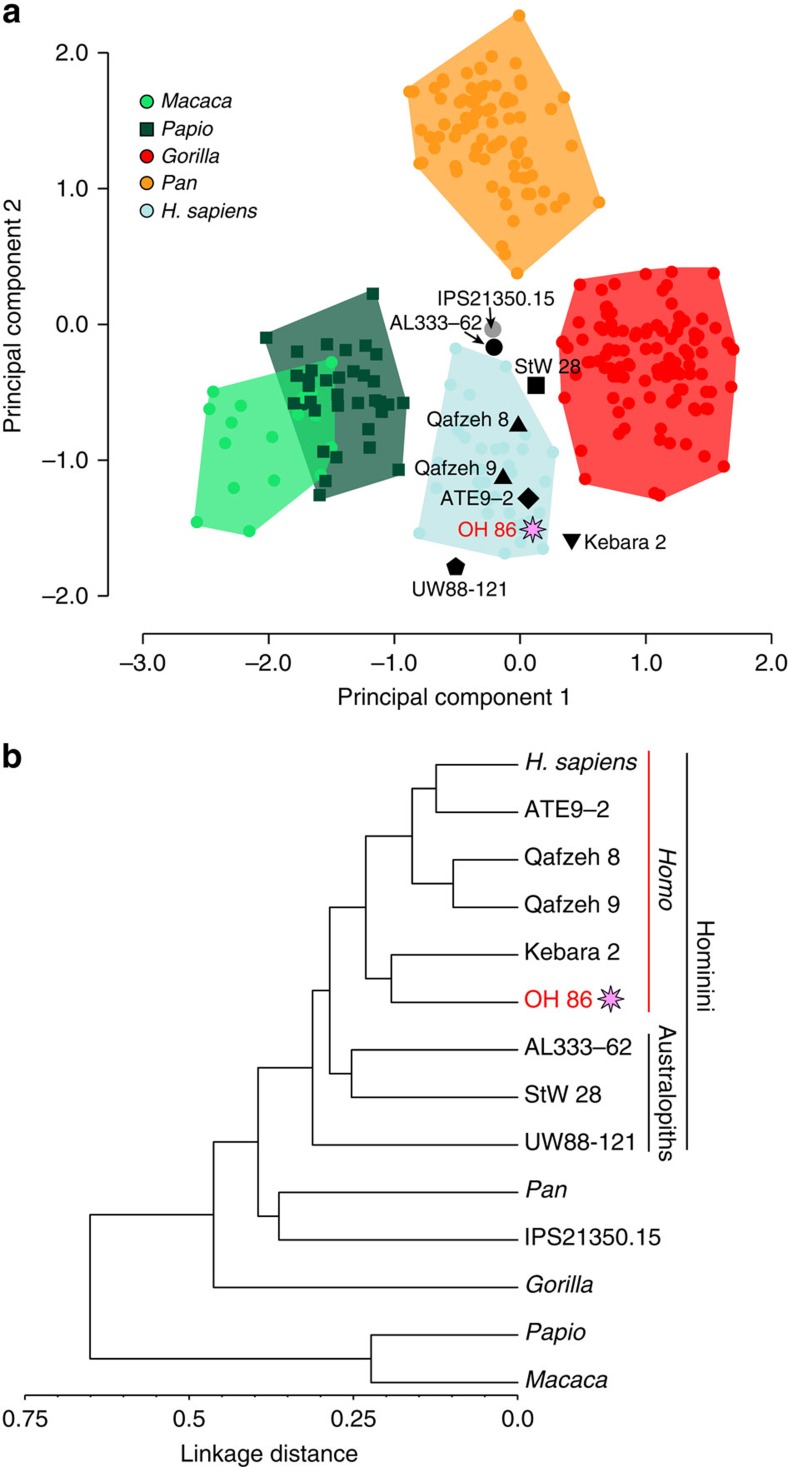Figure 3. The form of the human proximal phalanx.
(a) Plot showing the two major axes of proximal phalanx V form variation (that is, shape and size space). Major taxonomic groups can be distinguished (using convex hulls); OH 86 is the earliest fossil specimen within the human variation. (b) UPGMA cluster analysis summarizing eight dimensions of phalangeal form space: OH 86 is the oldest specimen within the Homo cluster. The cophenetic correlation coefficient is high (0.8681), indicating that the dendrogram is faithfully preserving the pairwise distances between the original dimensions. (These analyses exclude OH 7 because this hand skeleton does not preserve complete proximal phalanges32.)

